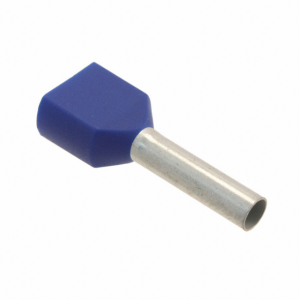- Joined
- Feb 22, 2015
- Messages
- 107
Well, it seems I am a bit behind the times. My copy of the NEC is 1994, by the way. But there are many cases where the NEC (and NFPA) have no say in the way things are done. I have made it my practice to make my installations safe, not necessarily code compliant. Yes, there are places where this can make a difference. And remember, codes are minimum standards for workmanship anyway.
I will concede that I am in (serious) error here. But I will continue to do things the way I have for near 50 years now. Such as tinning a stranded wire where it fits under a screw head. I do use crimped on lugs on a regular basis. I have hundreds on hand. But when I think it will work better and be safer in the long haul, I will continue to use my own methods. And signing this can be taken as my signature on the subject.
Bill Hudson
.
I worked for a company back in the 90's building CNC machines and they had switched to wire ferrules in, at the time, recent history. Prior to that, the common practice was to tin wires using solder pots when terminating smaller gauge wire in terminal blocks. The only down side in my experience to using wire ferrules is, that it can sometimes be difficult to terminate two wires in a terminal. I don't know what the accepted practice is for 2019, but back then you were allowed to terminate up to two wire per side of a terminal block. I too have not heard of properly tinning a wire prior to termination being problematic. Since I do not own crimpers and ferrules I would not hesitate to tin a wire prior to termination.




